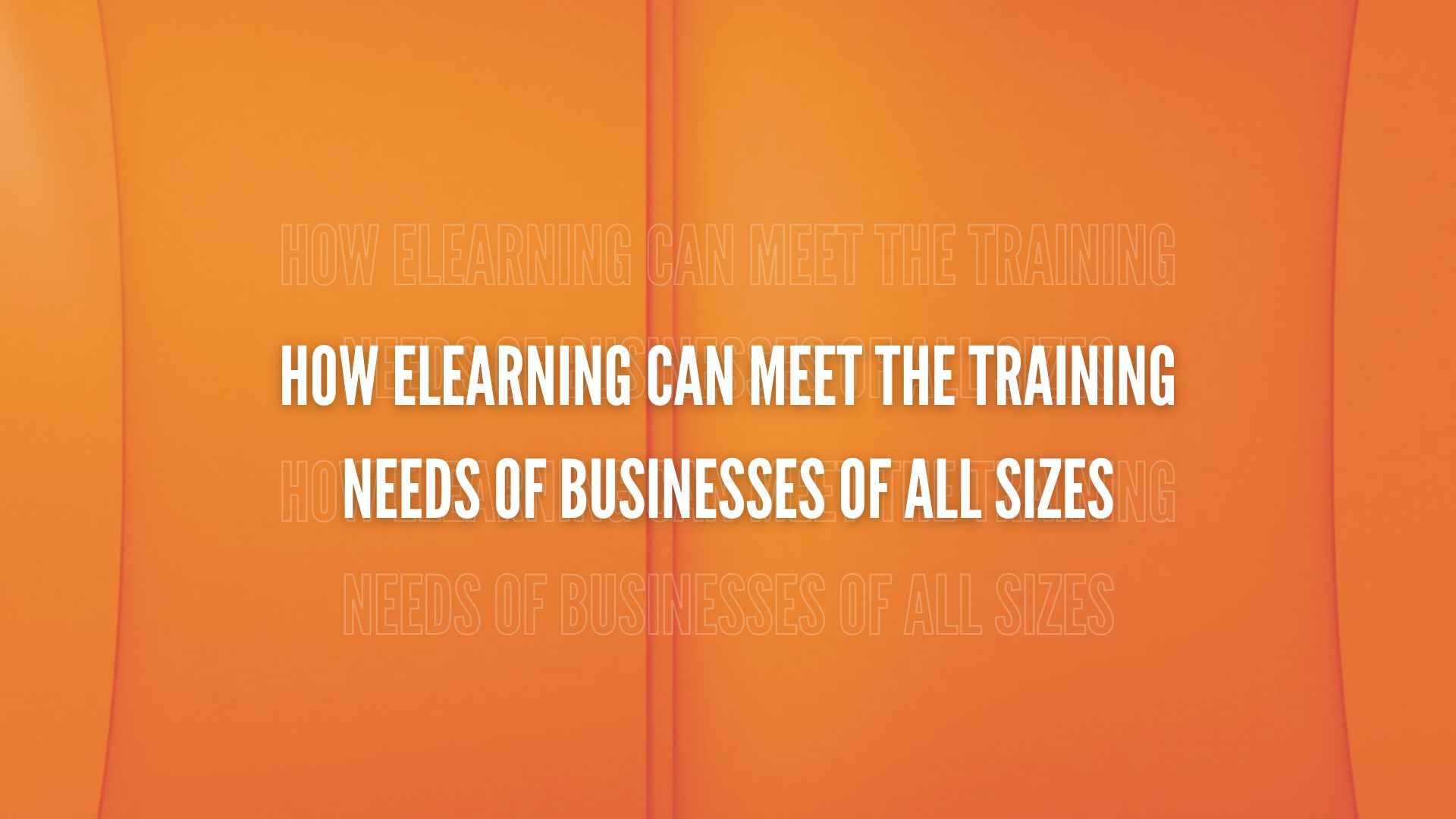Is BYOD (bring your own device) the law of the land at your company? If not, it soon may be. A recent Gartner survey found that half of all employers will mandate BYOD in the workplace by 2017, ceasing to provide employees with corporate laptops, smartphones and tablets.
Contrary to what some employers believe, BYOD can be a beneficial policy. Here are a few reasons why corporate leaders should look forward to the establishment of BYOD in their workplace:

When properly implemented and supported in corporate culture, BYOD is a cost-saver.
Employees generally enjoy working from their own devices. BYOD gives employees—especially those who travel—more flexibility, and thus can increase employee satisfaction.
It’s fairly easy to make the switch to BYOD. To initiate this change, simply begin integrating employees’ personal devices into corporate training.
How to Integrate BYOD Into Corporate Training
Integrating employees’ tablets, smartphones and other personal devices into corporate training is much easier than you probably assume. In the case of most training programs, changing out corporate devices for employee devices should not be difficult. Barring a full BYOD layout, it may be best to start integrating personal devices into basic elements of workflow and build from there. Here are some ideas to help you do that:
Make Work Email Accessible via Smartphone/tablet – Do your employees’ work email accounts need to be more accessible? If so, consider hosting an in-person training about how to push work email out to smartphones/tablets. Lifehacker provides a basic layout for adding any email to a phone, and your email host may have a platform-specific tutorial you can draw from.
Enable Employees to Access Cloud Storage – Cloud storage makes the day-to-day duties of an employer easier. But, access to cloud storage should not be limited to employers and administrators. It is possible and beneficial to train your staff in how to access cloud storage files while protecting enterprise security. Making it possible for employees to safely access cloud storage on their personal devices brings you one step closer to implementing a full-blown BYOD policy.
Improve Note Taking – Do you think that an employee would prefer to take notes on his or her personal device or a company device? We think most employees would opt for a personal device. Going over note and dictation features and implementing a policy for sharing and storing notes taken on employee devices can offer a simple improvement over current protocol.
Maintaining security – Some employers shrink from implementing a BYOD policy because they fear it will compromise company security. This is understandable, but should not derail progress. Simply take the needed measures to protect enterprise security, and be sure to address security issues in a BYOD corporate training session. Don’t let security concerns keep you from making the switch to BYOD.
With a BYOD Policy, It’s Best to Support All Devices
Although it can be a fairly simple process, creating a BYOD policy might come with a headache or two. For example, you as an employer may not want to enable certain devices to access corporate data/training materials. Perhaps you want to support only one type of device, such as an iPhone. Be aware that supporting only one type of device can cause a host of problems and frustrate employees. Enabling all devices will keep everyone happy and productive.
Support BYOD Training with a Video Format
When it comes to BYOD, video is the best format for employee training. Why? Because it allows individuals to self-manage their learning, pacing it according to their needs. Also, implementing video learning via personal device helps employers avoid costly and time-consuming in-person training sessions. As Lawrence I. Lerner notes, BYOD training can be initially challenging for trainers charged with developing tutorials across devices, but it ultimately frees up their time permanently.
Is Your Training Management System Compatible with BYOD?
Is your training management system capable of supporting a BYOD policy? Does it allow employees to access training/work-related materials on their personal devices? If not, you may want to implement a learning management system (LMS) that does support BYOD. However, not just any LMS will do. Avoid eLearning systems that come with per-user fees and bandwidth charges; such LMSs are budget-destroyers. TOPYX, an award-winning learning management system, is the best option for organizations making the switch to BYOD. TOPYX does not charge per user, and is therefore one of the most cost-effective LMSs on the market.
It is undeniable that BYOD will soon be a commonplace policy at most organizations. Will your organization stay on the cutting edge by implementing a BYOD policy, or will it lag behind by denying employees the option of working from their own devices? The choice is yours.





